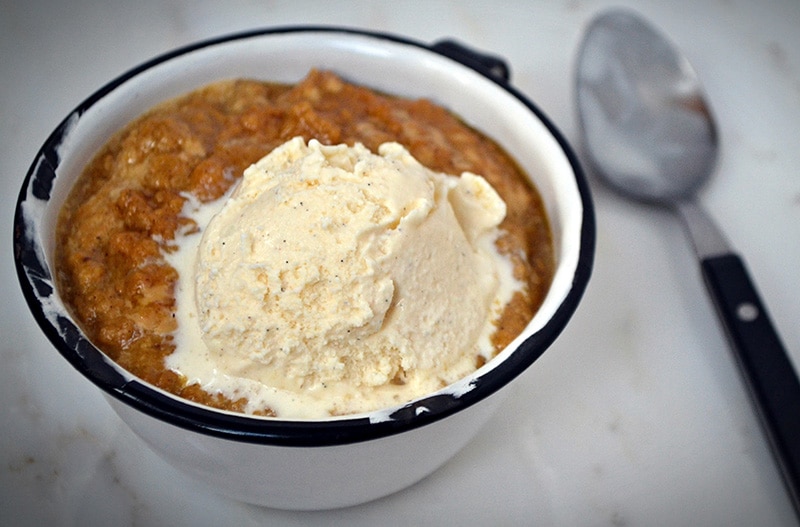Desserts
Indian Pudding | History of a Classic New England Dessert
Indian Pudding is a traditional New England recipe that embodies the flavors of fall. Learn more about Indian Pudding history, plus a recipe.

Coffee By Design | Portland, Maine
Photo Credit : Katherine KeenanYou look like someone who appreciates a good story
- Unlimited access on the web
- Watch episodes online
Already a subscriber? Sign in







